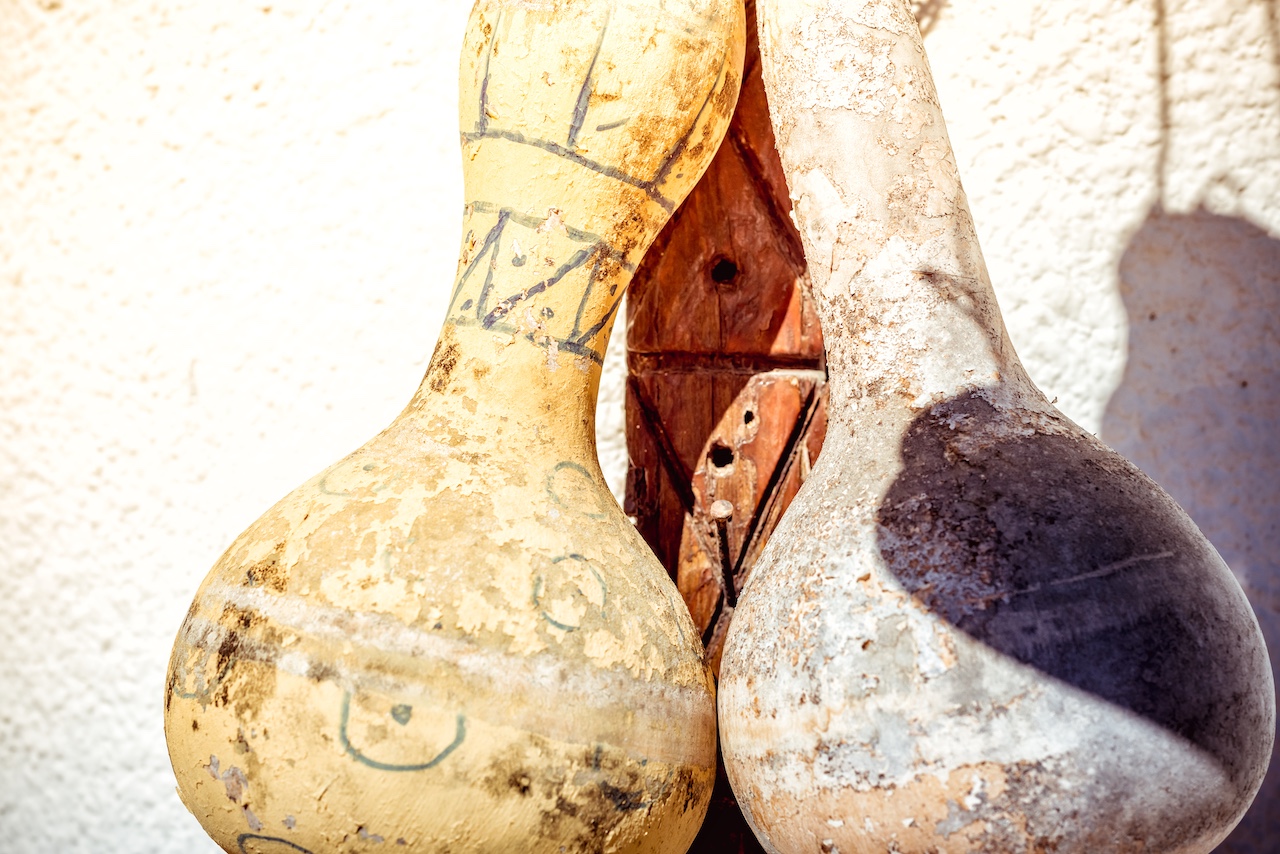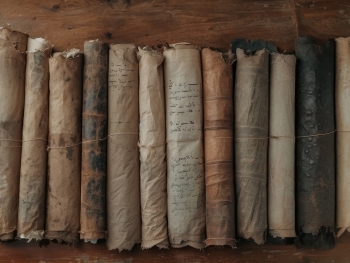- Amulet of Tefnut
- This ancient Egyptian amulet, representing the goddess Tefnut, was believed to provide protection and blessings. It offers insights into Egyptian religious beliefs and practices.
- Babylonian Cylinder Seal
- This intricate cylinder seal, used for stamping documents and clay tablets, represents the administrative and artistic achievements of Babylonian civilization.
- Bronze Age Sword
- This well-preserved Bronze Age sword, with its detailed craftsmanship, offers a glimpse into the martial technology and artistic skills of ancient societies.
- Cuneiform Tablet – Epic of Gilgamesh
- This ancient cuneiform tablet contains a portion of the Epic of Gilgamesh, one of the earliest known works of literature, providing valuable insights into Mesopotamian mythology and storytelling.
- Egyptian Ushabti Figurine
- This small figurine, placed in tombs to serve the deceased in the afterlife, represents ancient Egyptian burial customs and beliefs about the afterlife.
- Greek Hoplite Helmet
- This bronze helmet, worn by Greek hoplites, illustrates the martial equipment and artistry of ancient Greek warriors.
- Roman Gladiator Helmet
- This intricately designed helmet, worn by Roman gladiators, offers insights into the spectacle of gladiatorial combat and Roman entertainment practices.
- Terracotta Army – Qin Shi Huang
- This life-sized terracotta figure, part of the Terracotta Army buried with the first Emperor of China, Qin Shi Huang, represents ancient Chinese funerary art and beliefs about the afterlife.
- Viking Longship
- This well-preserved Viking longship, with its distinctive design, provides a glimpse into the maritime technology and seafaring prowess of Viking societies.
- Olmec Colossal Head
- This massive stone sculpture, created by the Olmec civilization, represents their artistic achievements and provides insights into their cultural and religious practices.
Historical Objects - Artifacts and Tools

Related Posts

Read More
In today’s financial world, one fact has become increasingly clear: traditional investing is no longer the only path to financial...
Read More

Read More
Hyperpigmentation is one of the most common skincare concerns—and one of the hardest to treat. Whether it’s acne scars, sun...
Read More

Read More
Codex Sinaiticus – Mark 16:1-8This ancient manuscript fragment contains the oldest complete text of Mark’s Gospel, providing critical insights into...
Read More

Read More
Galileo’s Sidereus Nuncius ManuscriptThis original manuscript of Galileo’s astronomical work Sidereus Nuncius provides insights into his scientific discoveries and the...
Read More